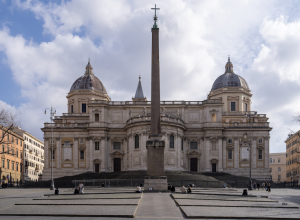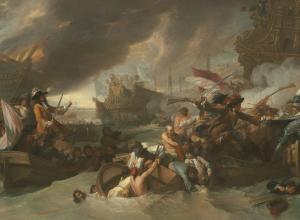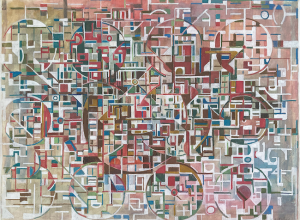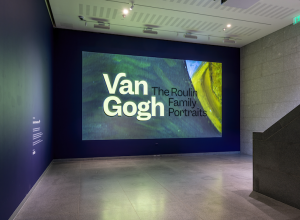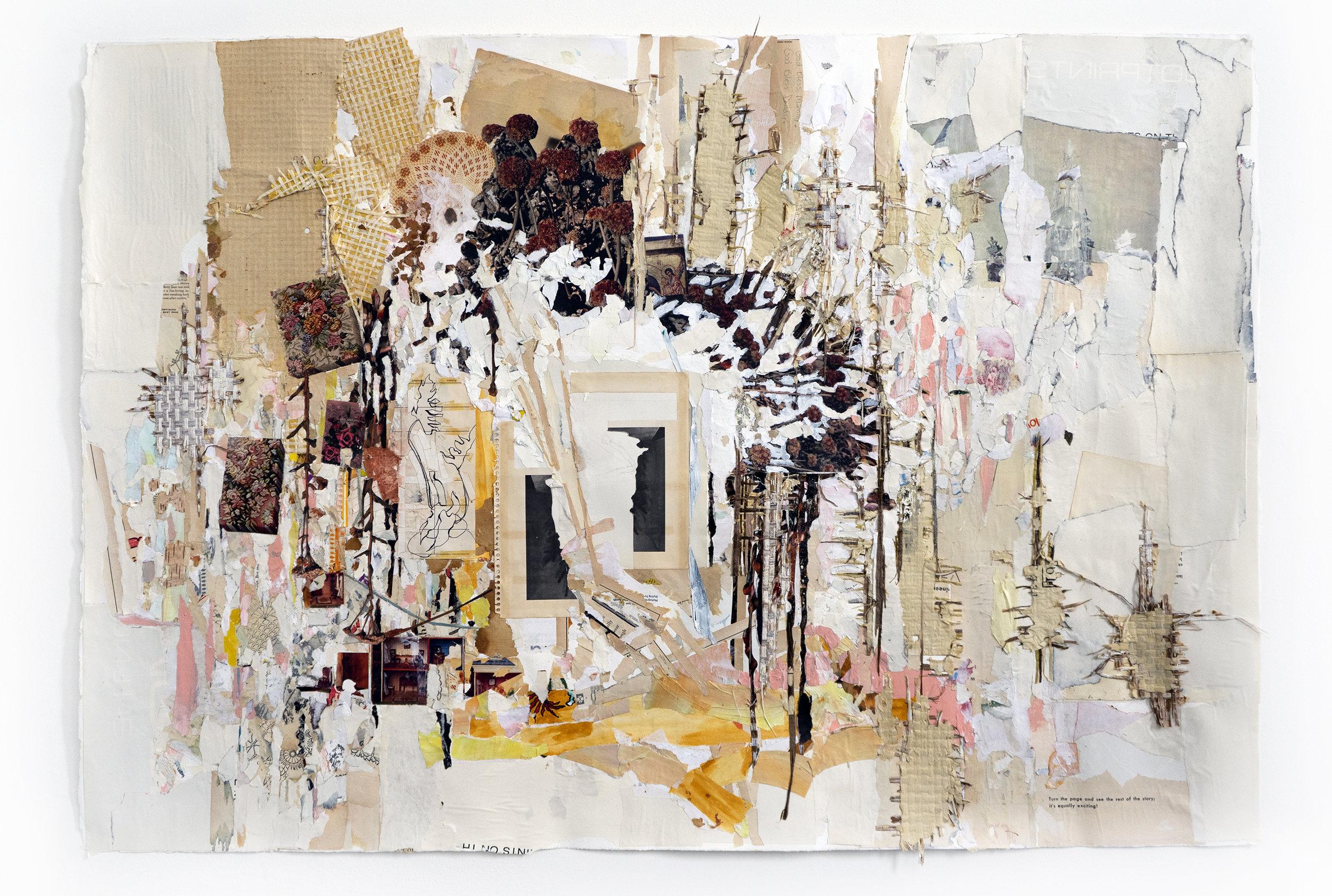
Andrea Burgay, Nothing's Ever Lost (Turn The Page), 2018. Mixed-media collage, acrylic, UV glaze.
So few things in life are free but Volume 2 of MTL: Art and the Book, Montreal’s weeklong series of workshops and symposia culminating in a two-day bilingual book fair and boundary-pushing art experience, was one of those rarities. On a perfect fall Saturday afternoon I saw some hesitation at the entrance of the host venue SAT, the Society for Arts and Technology, as curious passersby were intrigued by activity they could view from the street but then were surprised to find out they didn’t have to pay to get in and join the action.
The location of this year’s tribute to art and the book was the ideal gathering place. SAT was designed as a living laboratory, showcasing trends in technology applied to art and design and dedicated to bringing together creative people from diverse backgrounds to explore immersive technologies, virtual reality and high-speed networks where anything is possible. That immersion in a creative atmosphere was evident as the strains of experimental music live-streamed from a booth set up by the Canadian broadcaster n10.as wafted its way around the exhibits inside the exhibition hall. The music served as a buffer in the industrial-sized space, serving as background for conversations between the enthusiastic visitors and the diverse group of international publishers who came from across North America and as far away as Sweden and France.
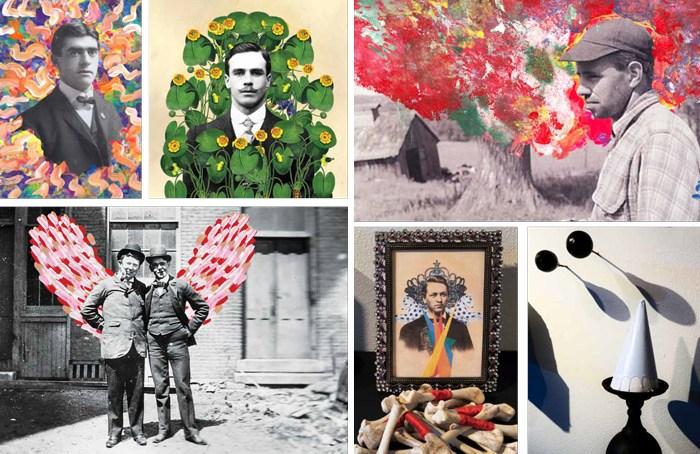
Collaged works in Ric Kasini Kadour's Kunstkammer MMCXCIX
Collaboration was the theme that united the more than seventy publishers and presenters, most of whom were practicing artists, who balanced their entrepreneurial business expertise with their own creative studio work. Collage artist and self-described cultural worker Ric Kasini Kadour is a perfect example of the artist who expanded their creative activities beyond their private studio practice out into the worlds of publishing, curating, and distribution. Kadour founded Kolaj Magazine and as a presenting partner for Volume2 hosted a daylong symposium on the role of the book in collage.
Kadour asked whether “the book” as a presentation format can provide the functions that the formal gallery exhibition has provided in the past. In a follow-up email, Kadour said, “The discussion during the symposium confirmed our theory that the book offers artists a viable means of dissemination while also facing some challenges inside the art world and out. Our findings will identify ways we can come together to develop a critical context for book projects while also developing a larger audience for these works.” His symposium findings will be published in the open edition of The Book as a Place of Collage.
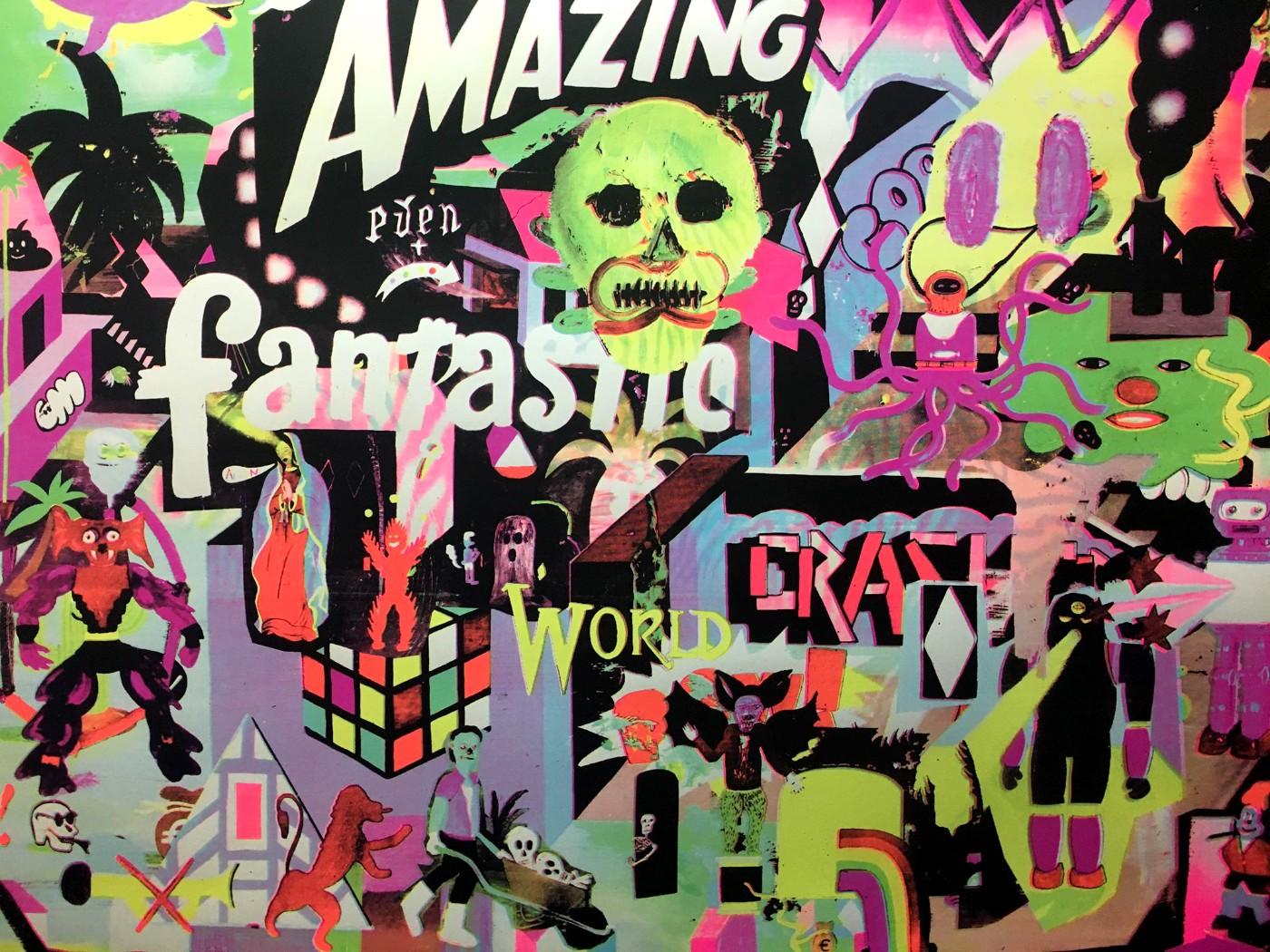
Laurent Impeduglia, Amazing Fantastic World, 2019. Silkscreen poster from Le Dernier Cri.
Dressed in military-style camo, the laconic Pakito Bolino, founder of the radical, French publishing collective Le Dernier Cri (The Latest Scream/Trend) made no secret of his intent to disrupt the status quo. His attendance was in light of Le Dernier Cri’s new film celebrating its 30th anniversary in publishing “art brut” and outsider artists in limited edition posters and small run silk-screened print books.
The Montreal-based publishing house Anteism Books presented one of the most challenging and eye-opening projects of the book fair. Founded in 2004, this collaborative enterprise offers printing and bookbinding facilities that run the gamut from ancient letterpress machines to cutting edge digital equipment. Anteism was promoting LATENT SEE, an open-studio exhibition resulting from the research and residency of four artists who use machine intelligence, augmented reality and artificial intelligence in producing visual and written word publications. Some Antesim projects involved partnerships with AICAN, the powerful and complex algorithm that transcends the divide between human and machine. I found this simultaneously frightening and intriguing, planting the seeds for future investigations.
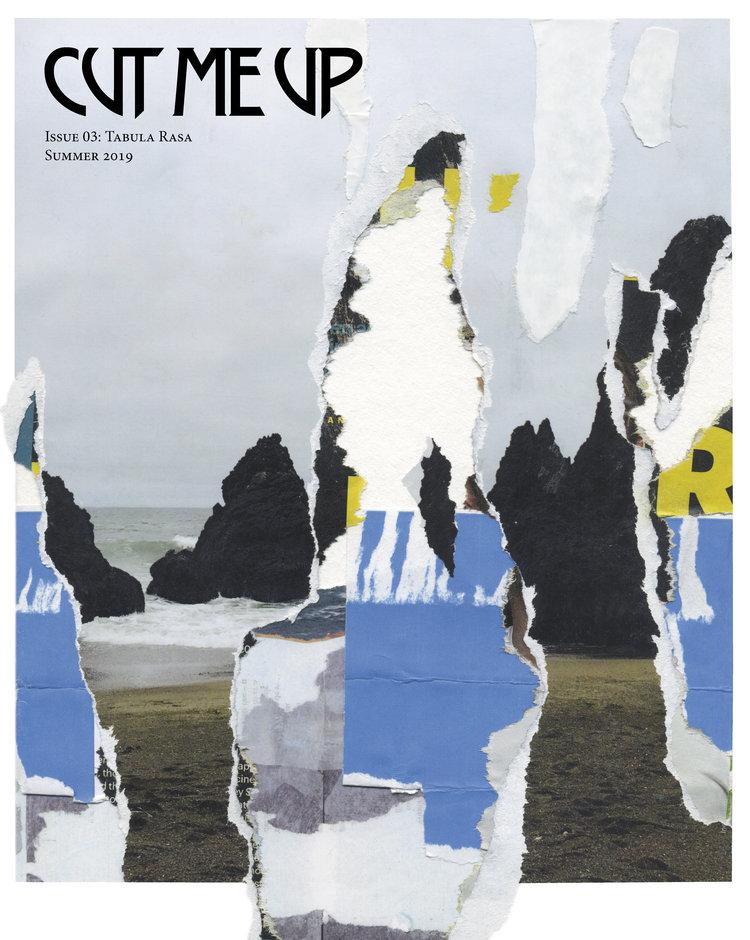
Brooklyn-based multi-media artist Andrea Burgay brings us back to the moment with her decidedly analog, all human, hands-on project Cut Me Up, a magazine of collage utilizing a call and response mechanism to produce each issue. Burgay began the first issue with eighteen original collages using handmade and found paper which were then published and offered as raw material to be deconstructed, cut-up, drawn on and transformed creating new works that could then be submitted for the second issue. And so continues the process with each new edition of Cut Me Up providing the groundwork for the issue that follows it.
An unpleasant experience working with an Italian publisher drove Ian Sternthal to start his own publishing house, Sternthal Books. This talented, articulate artist/publisher prioritizes high-concept driven projects in his selection of artists to publish, telling me he “helps the artist to translate their work into a book format.” A digital edition, a short film and a program of events accompany each Sternthal book. A A O UE, a book of erasure by Keren Benbenisty was one of my favorite works discovered at the fair.
Additional presentations by the indigenous/queer/trans artist Whess Harmon and the Swedish publishing house OEI rounded out an inspired program that left me looking forward to Volume 3 MTL in 2020.




